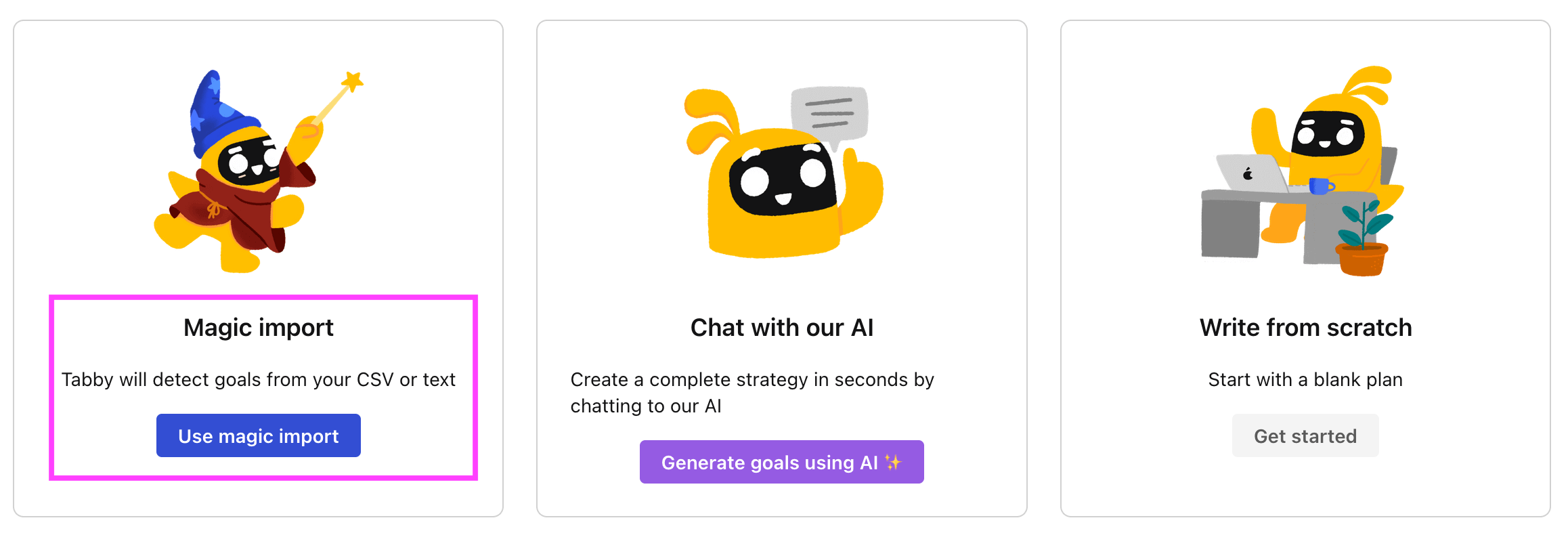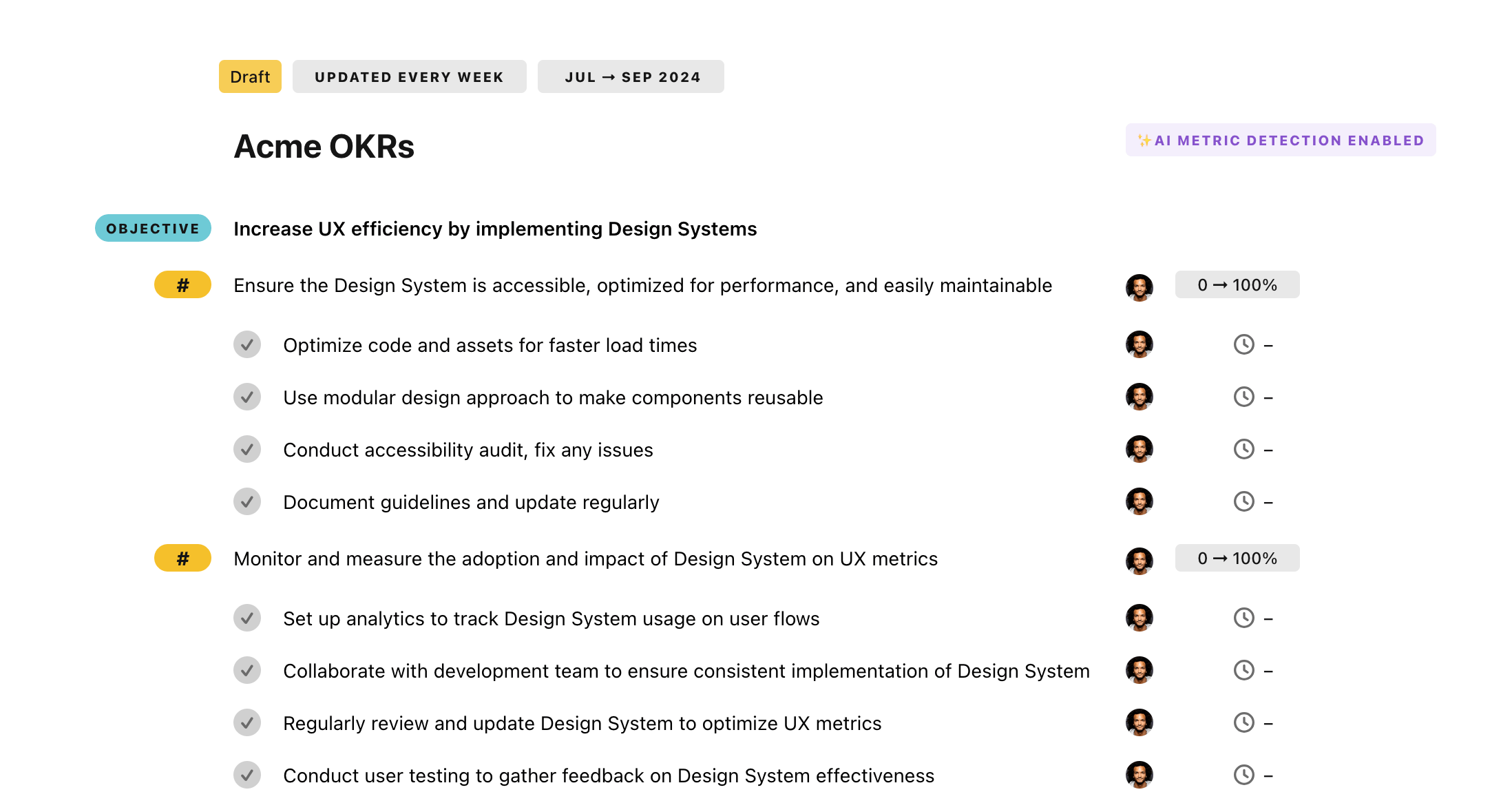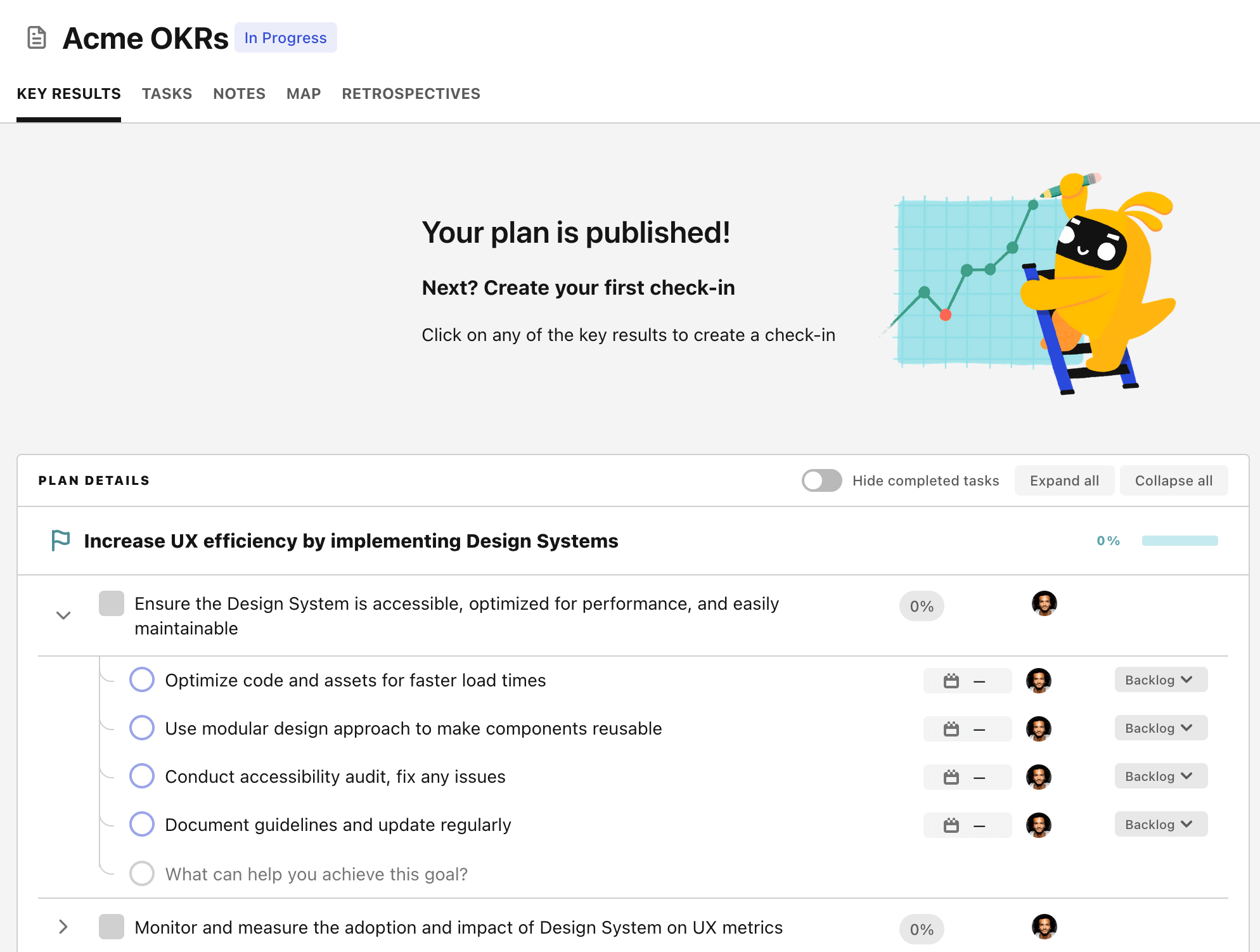OKR template to enhance platform security and reliability for ista24 users
Your OKR template
The second component of the OKR is implementation of two-factor authentication for all user accounts. The intention is to strengthen user account security. This will be done by selecting a suitable authentication tool, deploying it to all user accounts, and reviewing current security systems and protocols.
A third target within this OKR is to reduce system downtime by 30%. This will improve the overall user experience and boost the reliability of the platform. Strategies to realize this goal include training the staff on efficient troubleshooting, updating outdated hardware and software, and developing predictive maintenance schedules.
Finally, this OKR centers on improving the user interface and experience while ensuring the safety of user accounts. It involves upgrading existing systems and implementing modern safeguards that optimise the operations of the platform, making it more secure and reliable for the users.
ObjectiveEnhance platform security and reliability for ista24 users
KRAchieve a user satisfaction score of 90% or higher on platform reliability
Implement user feedback for platform upgrades and changes
Improve server infrastructure to reduce downtime and crashes
Regularly test and debug software for seamless user experience
KRImplement two-factor authentication for all user accounts
Roll out two-factor authentication to all user accounts
Choose a suitable two-factor authentication tool
Review current user account security systems and protocols
KRDecrease system downtime by 30%
Train staff on efficient troubleshooting techniques
Update outdated hardware and software components
Implement predictive maintenance schedules for regular system checks
How to edit and track OKRs with Tability
You'll probably want to edit the examples in this post, and Tability is the perfect tool for it.
Tability is an AI-powered platform that helps teams set better goals, monitor execution, and get help to achieve their objectives faster.
With Tability you can:
- Use AI to draft a complete set of OKRs in seconds
- Connect your OKRs and team goals to your project
- Automate reporting with integrations and built-in dashboard
Instead of having to copy the content of the OKR examples in a doc or spreadsheet, you can use Tability’s magic importer to start using any of the examples in this page.
The import process can be done in seconds, allowing you to edit OKRs directly in a platform that knows how to manage and track goals.
Step 1. Sign up for a free Tability account
Go tohttps://tability.app/signup and create your account (it's free!)
Step 2. Create a plan
Follow the steps after your onboarding to create your first plan, you should get to a page that looks like the picture below.

Step 3. Use the magic importer
Click on Use magic import to open up the Magic Import modal.
Now, go back to the OKR examples, and click on Copy on the example that you’d like to use.

Paste the content in the text import section. Don’t worry about the formatting, Tability’s AI will be able to parse it!

Now, just click on Import from text and let the magic happen.

Once your example is in the plan editor, you will be able to:
- Edit the objectives, key results, and tasks
- Click on the target 0 → 100% to set better target
- Use the tips and the AI to refine your goals
Step 4. Publish your plan
Once you’re done editing, you can publish your plan to switch to the goal-tracking mode.

From there you will have access to all the features that will help you and your team save hours with OKR reporting.
- 10+ built-in dashboards to visualise progress on your goals
- Weekly reminders, data connectors, and smart notifications
- 9 views to map OKRs to strategic projects
- Strategy map to align teams at scale